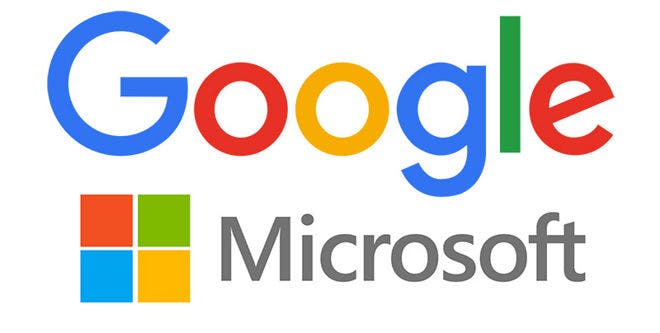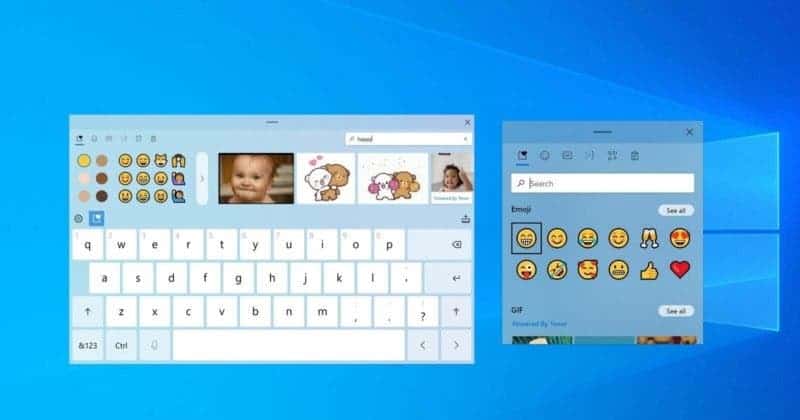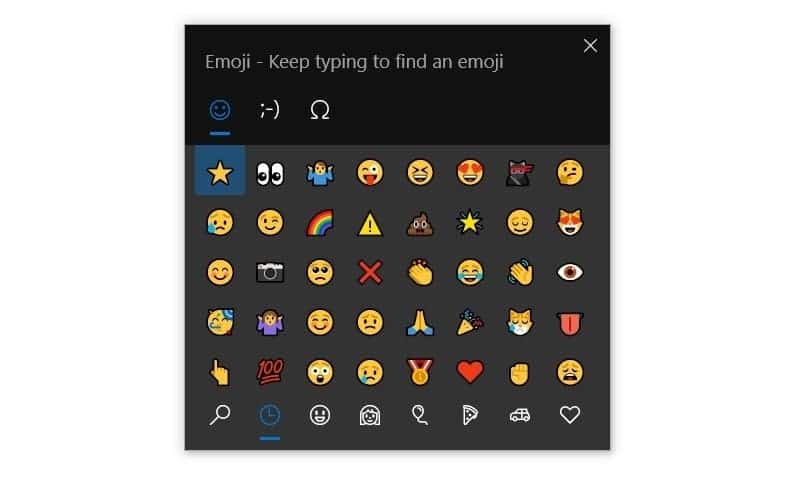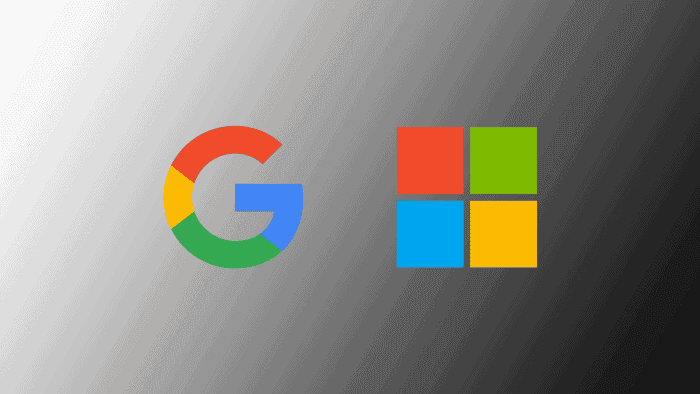The issue of dominance and lack of good services are gradually becoming a thing of the past. Manufacturers are now upping their game because the competition is real and getting more intense. In fact, manufacturers are now collaborating with each other to make their individual products better. Many Thanks to the efforts of Microsoft and Google. Due to their collaboration, the Google Chrome browser will improve the compatibility with the Win10 virtual keyboard and emoji interface.

Generally speaking, if a user wants to insert an emoji in the Chrome browser, he can open the emoji interface by right-clicking and selecting or pressing a shortcut key. However, because the browser zoom factor of the Chrome browser does not adapt to the interface such as the virtual keyboard of Win10, the virtual keyboard and emoji interface may be out of the layout and hinder the normal operation of the user.

In the latest code submission of the Chromium kernel, Microsoft and Google have already supported the relevant API for the kernel, which can obtain the usage boundary of the virtual keyboard and make it appear in the correct position, thereby optimizing the user experience.
This update will also apply to the Edge browser. Furthermore, Microsoft and Google are also developing new APIs to optimize the writing experience of Chrome and Edge browsers.

Chrome is testing PWA to support double-clicking to open local files
Google appears to have been doing a lot of work on its Chrome browser lately. The company wants to make sure that progressive web applications (PWA) are more consistent with local applications. Google wants to make it possible for PWA to be registered as a file handler for specific extensions. Its workability will then be just like other local applications. This will mean that double-clicking a file type on Chrome will directly open the file in PWA.
“The goal of this project is to implement an API that allows Chrome Progressive Web Applications (PWA) to process (read) files in the file system of the host operating system, just like native applications”. Google engineer, Darwin Huang said in the design document…”This is in line with the larger goal of increasing the transparency between web applications and local applications. According to the progressive web application (PWA) model, to make the user experience of the two more consistent”.




